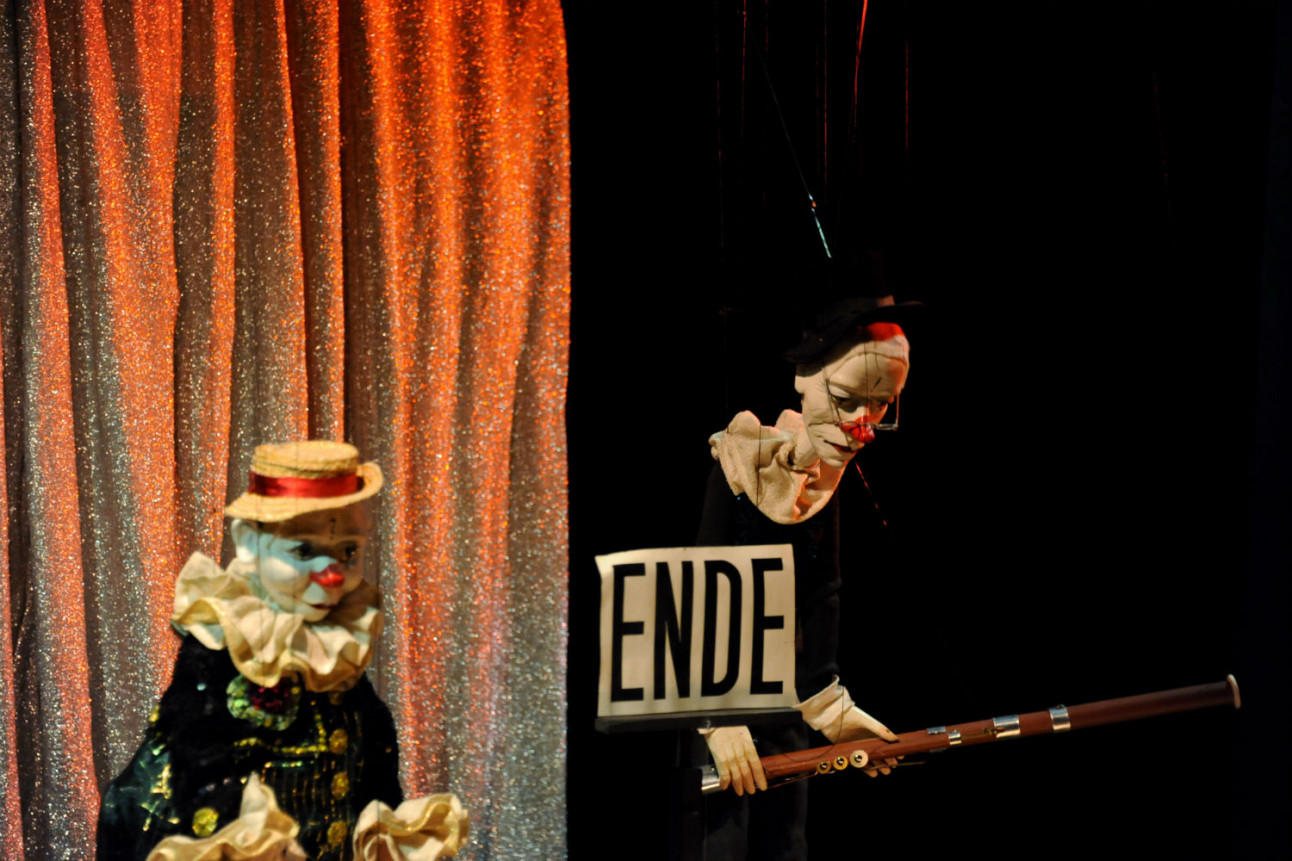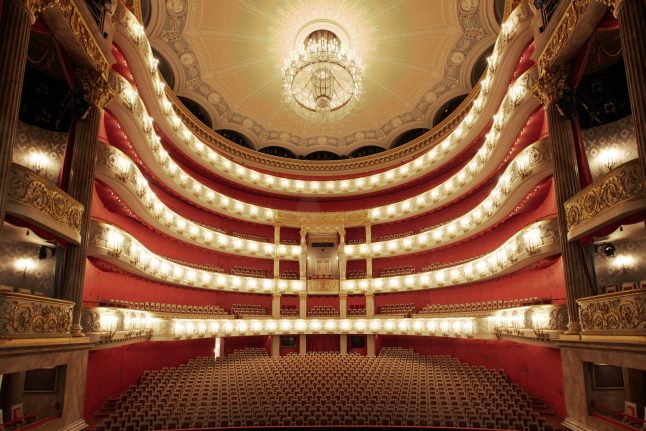Never been to the opera? Well, now is your chance to check out some high culture from the comfort of your couch – for free.
The Bavarian State Opera is offering both a live stream and a video on demand service of opera and ballet performances. The next live stream will be the opera “The 7 Deaths of Maria Callas” on Saturday, April 11th and the full schedule can be found here.
The Berlin State Opera is also keeping “visitors” entertained from afar with its video-on-demand service, updated daily with a new performance and available to view around the clock.
The Berlin State Opera is also streaming the occasional show – last week’s stream of Bizet’s beloved “Carmen” drew 160,000 viewers from around the globe.
Concerts

Star pianist Igor Levit. Photo: DPA
Many say there’s nothing quite like live music. So what happens when all the concerts are cancelled? Musicians are also turning to live streams to keep the live music experience alive for housebound audiences.
The Berlin Philharmonic’s Digital Concert Hall is offering a free month of streaming for over 600 concerts that stretch back more than ten years. Included are the upcoming live streams – you can find the schedule here.
Since last Thursday, Russian-German star pianist Igor Levit has been giving daily concerts from his living room and streaming them via his Twitter and Instagram accounts.
Some pop stars are also switching to an internet audience – British singer James Blunt gave a live stream of his concert to an empty Elbphilarmonie in Hamburg last Wednesday for free.
Museums
Museums across the country may have had to close their doors to visitors, but many are offering online tours to make sure people don’t miss out on these valuable cultural experiences.
Amongst others, the Deutsche Museum in Munich – a museum of “masterpieces of science and technology” is now open for a virtual visit and the famous antiquities museum of Berlin – the Pergamon – is also open for an online tour.
Other events
The Leipzig Book Fair was cancelled as a result of the Coronavirus spread, but some readings and conversations with the authors are now available online.

The Marionette Theatre in Munich has been around since 1858. Photo: DPA
The unique Munich Marionette Theatre is offering a free online stream of its next performance – Mozart’s the Magic Flute, on Saturday at 8pm.
Do you know of any other online events or activities which you would like us to include? You can email us at [email protected].



 Please whitelist us to continue reading.
Please whitelist us to continue reading.
Member comments